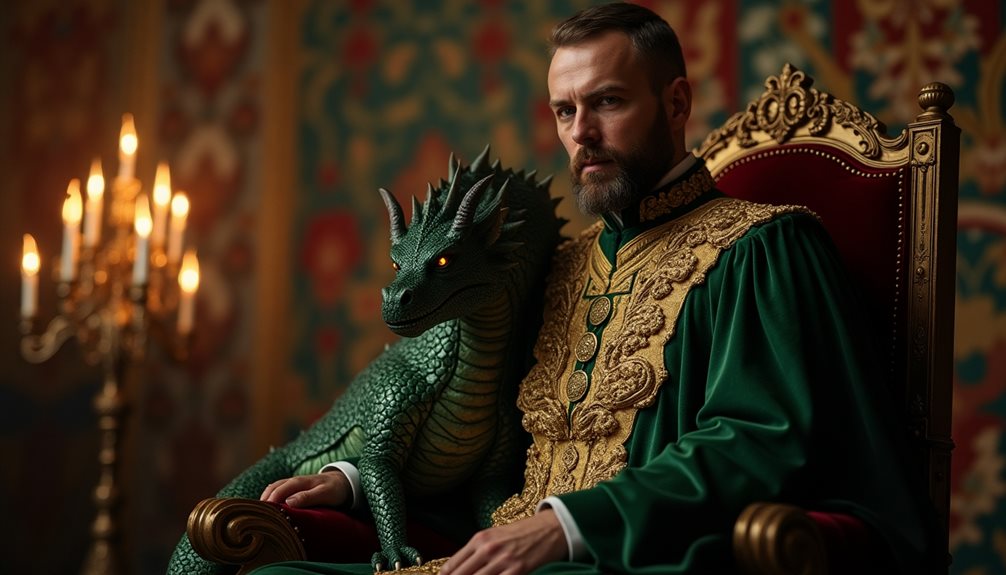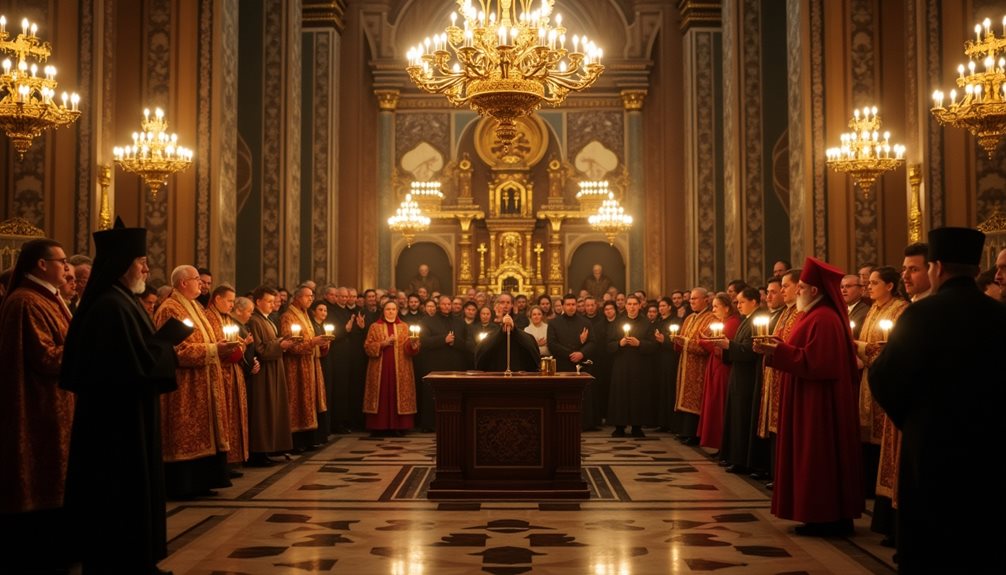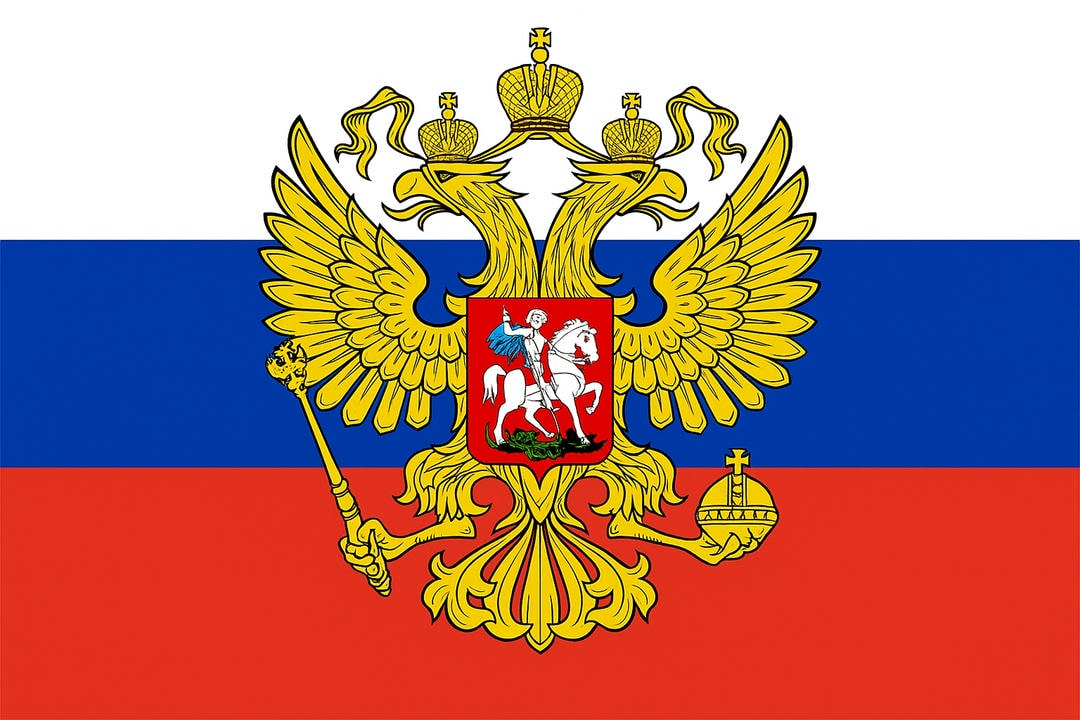The Christmas tree tradition in Russia emerged in the 19th century, primarily influenced by Princess Charlotte of Prussia. Initially met with skepticism, this custom gradually gained traction among the nobility. By the end of the century, Christmas trees had transformed into symbols of social prestige. Yet, alongside their growing popularity, concerns about safety persisted, hinting at the complexities of this festive emblem. What drove this evolution, and how did it reflect broader societal changes?
The Arrival of the Christmas Tree Tradition in Russia
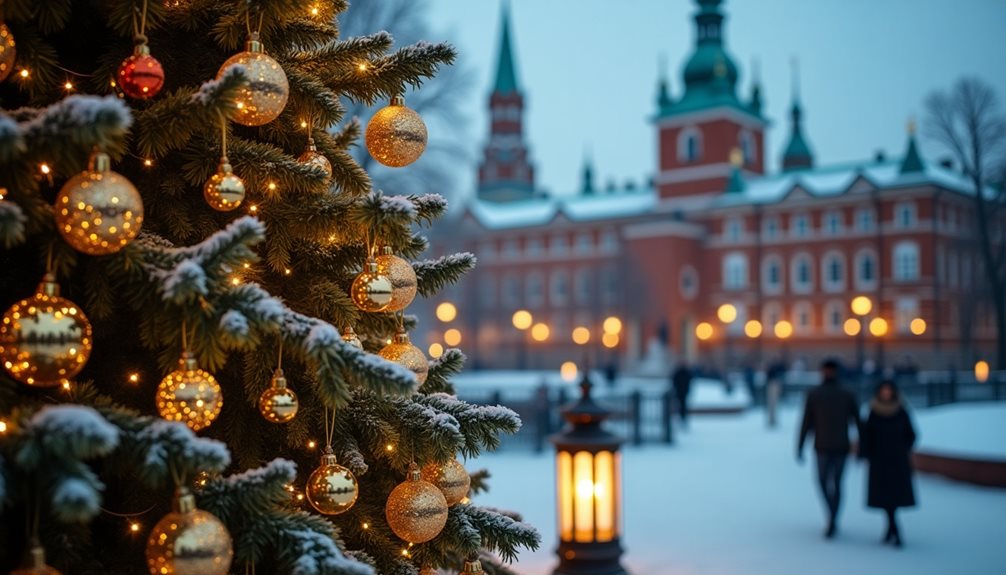
The tradition of decorating Christmas trees in Russia took root in the 19th century, largely due to the influence of Princess Charlotte of Prussia, who brought the custom from Western Europe. At first, many Russians viewed the practice with suspicion and considered it foreign to their cultural and religious celebrations. Despite this initial resistance, the custom slowly spread among the aristocracy, who saw in the Christmas tree an opportunity to showcase their wealth and modern tastes during the holiday season.
As the tradition grew in popularity, Christmas trees became more than just festive decorations—they emerged as symbols of social status and refinement. Nobles competed to have the most elaborately adorned trees, reflecting broader shifts in Russian society where Western fashions and ideas were increasingly embraced by the upper classes. This change also coincided with a period of modernization and growing urbanization, which brought new cultural influences into the country.
However, alongside the enthusiasm for Christmas trees, concerns about safety began to surface. The use of candles and delicate ornaments posed fire hazards, especially in the grand wooden mansions typical of Russian nobility. These worries highlighted the challenges of adopting a new tradition that was not yet fully adapted to local conditions.
Ultimately, the rise of the Christmas tree tradition in Russia mirrored wider societal changes—an openness to foreign customs, a redefinition of social identity among the elite, and the complexities involved in integrating new practices into established cultural frameworks. Over time, what began as an imported novelty became a cherished part of Russian holiday celebrations.
Origins: Princess Charlotte of Prussia and the Royal Introduction
Princess Charlotte of Prussia, later Empress Alexandra Feodorovna after her marriage to Tsar Nicholas I, played a pivotal role in embedding the Christmas tree tradition firmly into Russian culture. Her arrival at the Russian court brought not only a personal gift of festive cheer but also a meaningful cultural bridge between Russia and Western Europe.
Charlotte’s introduction of the Christmas tree was more than just a decorative trend; it became a symbol of warmth, family togetherness, and joyful celebration during the cold Russian winters. Her insistence on decorating the tree with hand-crafted ornaments, candles, and sweets inspired the court to embrace this new custom with enthusiasm. The use of candles on the tree lent a magical glow to the long winter nights, creating a cozy and inviting atmosphere that resonated deeply with Russian sensibilities.
Beyond the royal family, this tradition quickly captured the imagination of the Russian aristocracy. The first royal Christmas tree party in 1828 at the Winter Palace was not merely a private event—it was a celebration that highlighted the importance of family unity and festive joy. This event set a charming precedent that encouraged noble families across Russia to adopt the custom, turning decorated trees into cherished symbols of holiday spirit.
Interestingly, the Christmas tree tradition introduced by Princess Charlotte also coincided with a period when Russia was embracing a more cosmopolitan cultural identity. The blend of German festive customs with Russian Orthodox traditions demonstrated a harmonious merging of influences that enriched Russian holiday celebrations. Over time, this tradition spread beyond the elite circles and became beloved by families across all regions of Russia.
The evergreen tree itself held symbolic significance for Russians: it represented endurance, resilience, and eternal life, qualities especially meaningful during the harsh winter months. As families gathered around their decorated trees, they celebrated not only Christmas but also hope, renewal, and the warmth of home.
In summary, Princess Charlotte’s contribution was a gift that transcended decoration—it helped create a new tradition that brought light and joy to Russian winters. Her influence is remembered fondly as a beautiful example of cultural friendship and the power of shared festive customs to unite people in celebration.
The Spread of Christmas Tree Celebrations Among Nobility and Public
After Princess Charlotte of Prussia introduced the Christmas tree to the Russian imperial court, the custom quickly blossomed among the nobility throughout the 19th century. By the 1840s and 1850s, it was common for wealthy families in cultural hubs like St. Petersburg and Moscow to display lavishly decorated trees. These trees were often adorned with flickering candles, delicate handmade ornaments, colorful paper garlands, and even small toys or sweets, making them a centerpiece of holiday joy.
This tradition soon moved beyond private palaces and mansions. A landmark moment occurred in 1852 when the first public Christmas tree was set up at St. Petersburg’s Catherine Railway Station. This event marked a turning point by bringing the festive spirit into communal spaces, making holiday celebrations more inclusive. Following this, decorated trees appeared in theaters, schools, and public squares, creating a shared experience that united people across different social backgrounds during the long winter season.
Public Christmas tree celebrations became a source of pride and friendly competition among the city’s elite. By the 1870s, wealthy citizens organized contests to showcase the most beautifully decorated trees. These displays combined artistic creativity with cultural appreciation, turning Christmas trees into symbols of civic pride and social distinction. This growing enthusiasm helped cement the tree as a beloved element of Russian holiday culture.
The Royal Family’s Unique Christmas Traditions
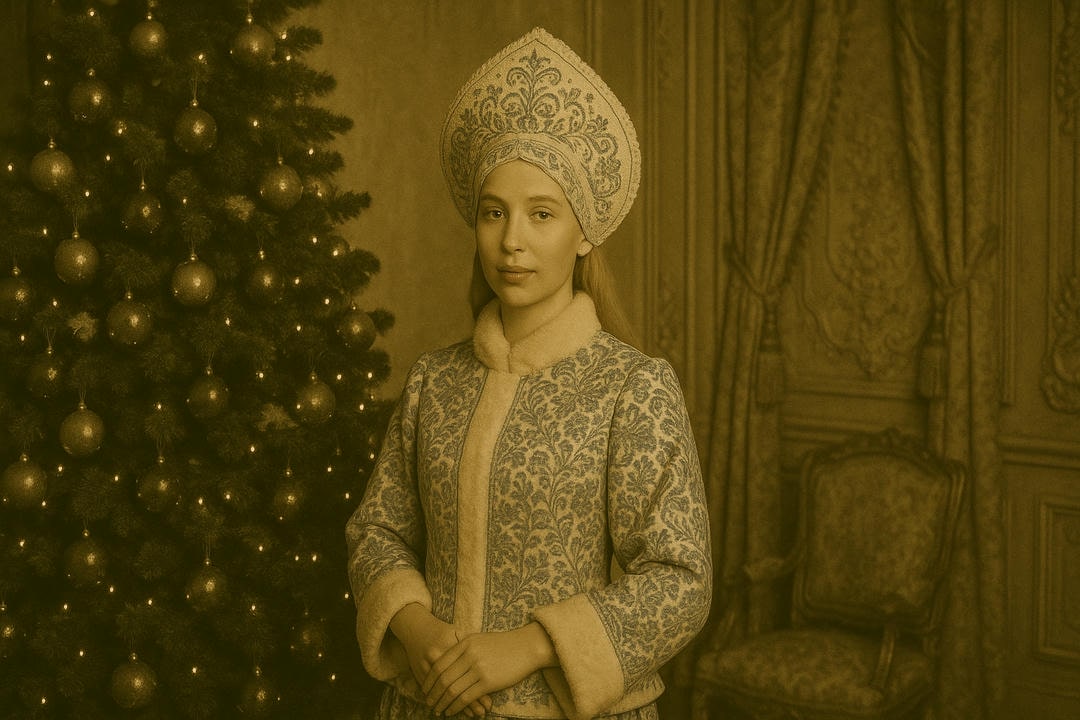
Within the royal household, Christmas was a grand and heartfelt celebration. On Christmas Eve, the Winter Palace was transformed into a sparkling “winter wonderland,” with decorations that dazzled visitors and family alike. The Christmas tree stood at the heart of these celebrations, glowing warmly with candles and festooned with exquisite ornaments.
Children of the royal family eagerly awaited this night each year, as Empress Alexandra Feodorovna personally distributed gifts from beneath the decorated tree. The exchange of handmade gifts among siblings emphasized familial love and closeness, reinforcing bonds in a time of reflection and joy. The Christmas tree thus symbolized continuity, warmth, and hope amidst Russia’s rich historical and religious traditions.
Despite the risk of fire from candle-lit trees — a common concern at the time — these royal customs persisted. The commitment to preserving these beautiful traditions reflected the importance placed on holiday celebrations as moments of unity, generosity, and cultural identity within the highest levels of Russian society.
Challenges and Endurance: The Christmas Tree Through Changing Times
The spread of the Christmas tree tradition in Russia was not without challenges. Some members of the Orthodox Church and traditionalists viewed it skeptically, seeing it as a foreign custom that did not fit neatly within Russian religious practices. Rather than rejecting it entirely, many communities adapted the tradition by incorporating Orthodox symbols such as icons alongside decorative trees. This blending showcased Russia’s ability to harmonize new customs with its deep-rooted heritage.
By the late 19th century, enthusiasm for Christmas trees was widespread across Russia’s social classes. The tree became more than decoration; it was a symbol of refinement and celebration among urban elites and beyond.
Fire safety concerns due to candle use led to gradual innovations over time. Safer lighting options such as oil lamps were introduced, eventually giving way to electric lights in the 20th century, making the tradition both safer and more accessible.
Interesting Fact
During World War I and later under Soviet rule—periods when religious celebrations were restricted—the Christmas tree tradition endured by adapting to new contexts. It became a central feature of New Year’s festivities, demonstrating its resilience and deep cultural significance in Russian society. This ability to evolve while maintaining its core spirit highlights how firmly the Christmas tree had become woven into Russia’s social fabric.
The Christmas Tree as a Symbol of Cultural Synthesis

The journey of the Christmas tree in Russia illustrates more than just a holiday decoration; it tells a story of cultural dialogue and adaptation. From Princess Charlotte’s introduction to royal palaces through its widespread embrace by public institutions and families across Russia, the tradition reflects the nation’s unique ability to integrate foreign influences while honoring its own historical identity.
Today, the Russian Christmas tree stands as a proud emblem of communal celebration—uniting people across generations in joy and warmth during one of Russia’s most cherished seasons.

